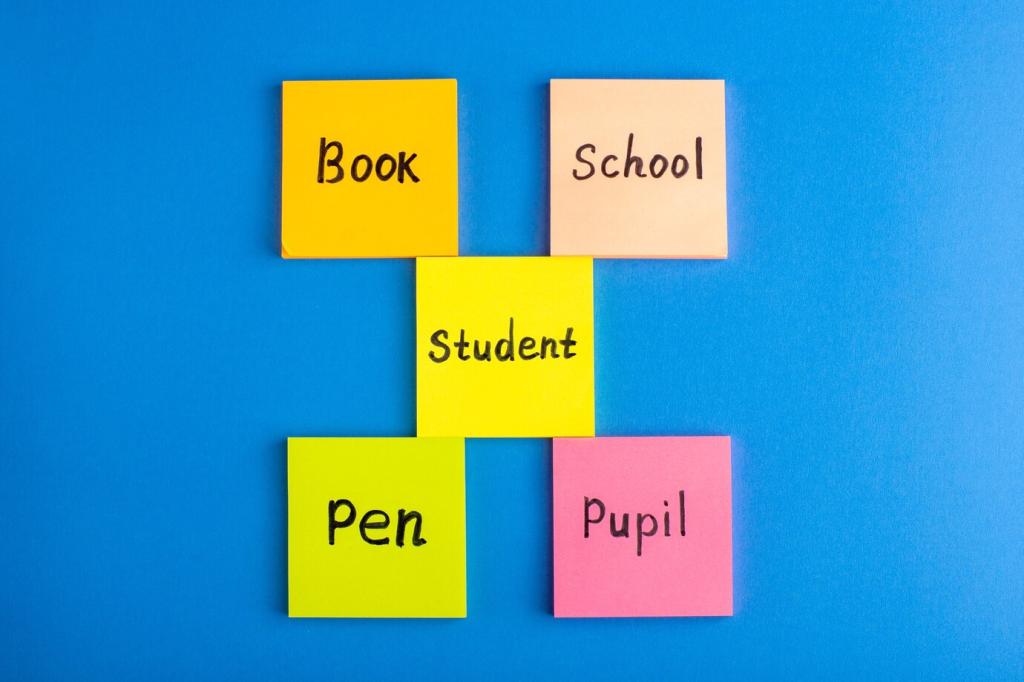
Choosing Language Schools for Kids: A Friendly Guide for Families
Chosen theme: Choosing Language Schools for Kids. Let’s explore how to find a joyful, effective school where children thrive, stay curious, and build real-world language skills. Read on, ask questions in the comments, and subscribe for checklists and parent-friendly guides.
What Matters Most When Choosing a Language School for Kids
Young learners absorb language best through stories, movement, songs, and playful repetition. Look for programs that adapt tasks to attention spans, give frequent brain breaks, and build skills step by step without overwhelming children or turning practice into pressure.
What Matters Most When Choosing a Language School for Kids
Teaching children is its own specialty. Ask about early childhood training, language pedagogy, and classroom management. Watch how teachers react to mistakes: warm correction and modeled language show kids it’s safe to try, fail, laugh, and try again.
What Matters Most When Choosing a Language School for Kids
Visit in person if possible. Notice light, seating, materials, and signage. Are books and posters inclusive? Are routines clear? Children learn more when classrooms feel emotionally safe, predictable, and genuinely happy to have them there every day.
Curriculum and Methodology Demystified
Children need to speak, listen, move, and create—often in short, energetic cycles. Seek task-based activities, role-play, and projects that result in something delightful: a mini-podcast, puppet show, or illustrated storybook that kids proudly share at home.

Tiny groups offer personalized attention, while mid-sized classes bring friendly energy and peer modeling. Ask how teachers ensure every child speaks often, receives feedback, and feels seen—especially quieter kids who may need gentle invitations.
Class Size, Schedule, and Consistency
Short, frequent lessons outperform long, occasional ones for memory and motivation. Two or three engaging sessions weekly can build momentum, while endless Saturday marathons risk fatigue. Consistency builds habits that carry learning far beyond the classroom.
Class Size, Schedule, and Consistency


Measuring Progress Without Killing Joy
Request samples of work over time: recordings, drawings with captions, dialogue scripts, and reading logs. Portfolios reveal authentic progress, highlight strengths, and give kids a tangible sense of achievement they can proudly revisit and share.
Measuring Progress Without Killing Joy
Clear targets like CEFR provide direction, but they must be translated into child-friendly goals. Look for visual trackers, stickers, and milestones that celebrate effort, resilience, and communicative bravery as much as right answers.
Visiting Schools and Asking Smart Questions
Watch interaction patterns. Do all kids speak, or just a few? Are transitions smooth? Are mistakes treated as opportunities? Jot moments when your child smiles, leans in, or volunteers—these micro-signals predict long-term engagement.
Stories from Families on the Same Journey
Maya, age seven, barely whispered during week one. Her teacher introduced call-and-response songs and a tiny ukulele. Within a month, Maya led a two-line chorus. Her mom cried happy tears and recorded it for grandparents who could not stop clapping.


Stories from Families on the Same Journey
Luca struggled in a large class and felt invisible. A move to a five-student group changed everything. He practiced daily dialogues, got individualized feedback, and began volunteering answers. His teacher called it “the power of deliberate, joyful attention.”
Budget, Logistics, and Long-Term Fit
Compare what’s included: materials, progress reports, special workshops, and teacher training. A slightly higher fee can be a bargain if it buys expert instruction, consistent feedback, and joyful experiences your child talks about unprompted.
